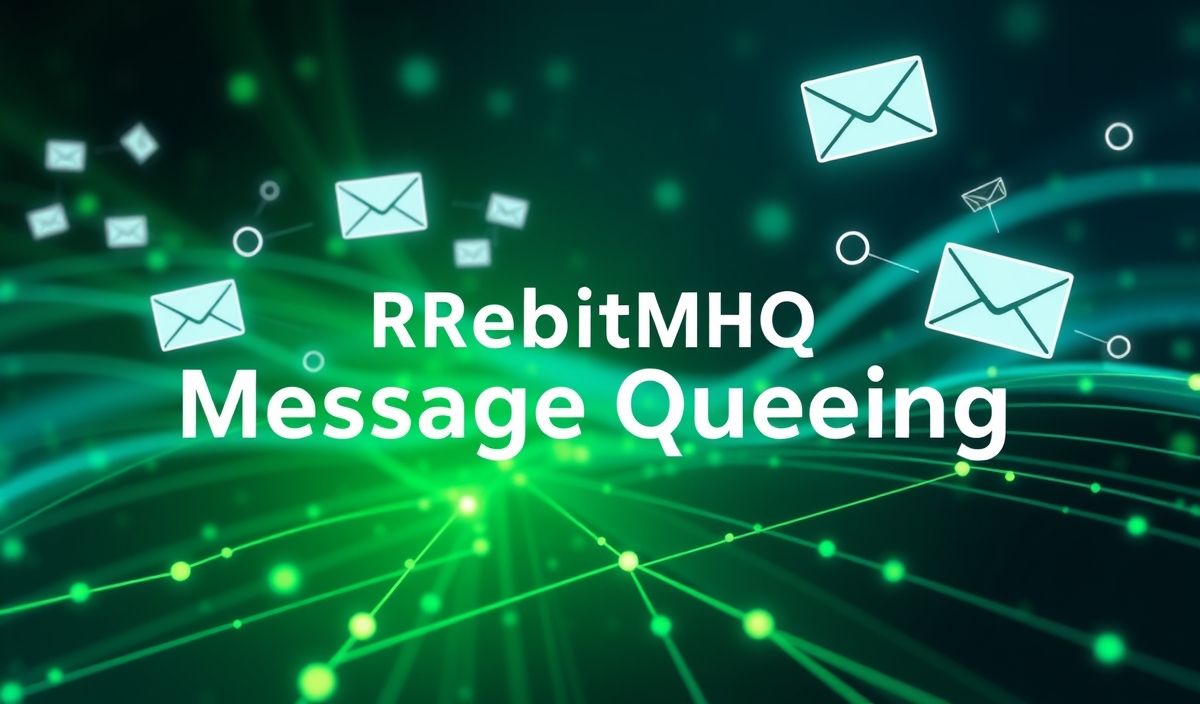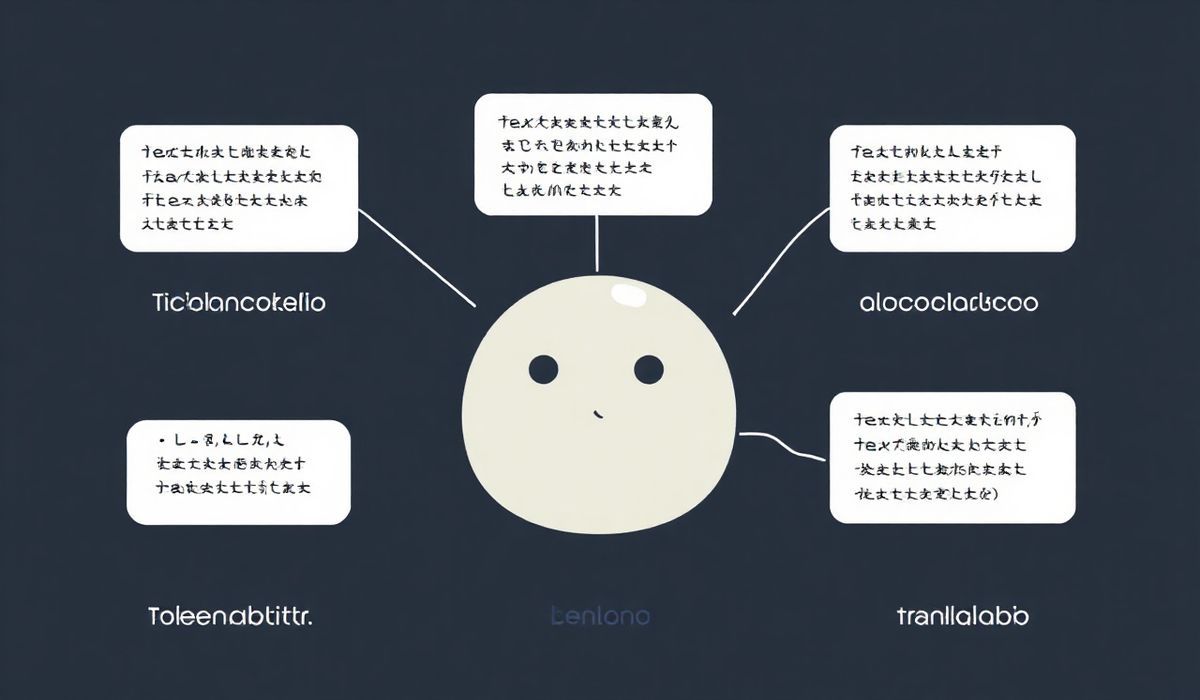Introduction to amqplib
amqplib is a powerful library that allows developers to interact with RabbitMQ servers from Node.js applications. It provides a plethora of methods and utilities to handle message queues efficiently. Below, we explore the most useful APIs provided by amqplib, along with examples and an application that demonstrates its usage.
Connecting to RabbitMQ Server
To start using amqplib, you need to establish a connection with the RabbitMQ server.
const amqp = require('amqplib');
async function connect() {
try {
const connection = await amqp.connect('amqp://localhost');
console.log('Connected to RabbitMQ');
} catch (error) {
console.error('Connection error:', error);
}
}
connect();
Creating a Channel
After establishing a connection, create a channel to interact with the RabbitMQ server.
async function createChannel(connection) {
try {
const channel = await connection.createChannel();
console.log('Channel created');
return channel;
} catch (error) {
console.error('Channel creation error:', error);
}
}
Declaring a Queue
Declare a queue so that messages can be sent and received from it.
async function declareQueue(channel, queueName) {
try {
await channel.assertQueue(queueName, {
durable: false
});
console.log(`Queue ${queueName} declared`);
} catch (error) {
console.error('Queue declaration error:', error);
}
}
Sending a Message
Send a message to the declared queue.
async function sendMessage(channel, queueName, message) {
try {
await channel.sendToQueue(queueName, Buffer.from(message));
console.log(`Message sent to queue ${queueName}: ${message}`);
} catch (error) {
console.error('Message sending error:', error);
}
}
Receiving Messages
Consume messages from the queue.
async function consumeMessages(channel, queueName) {
try {
await channel.consume(queueName, msg => {
if (msg !== null) {
console.log(`Received message: ${msg.content.toString()}`);
channel.ack(msg);
}
});
} catch (error) {
console.error('Message consumption error:', error);
}
}
Full Application Example
Below is a complete example that demonstrates connecting to a RabbitMQ server, declaring a queue, sending a message, and receiving messages.
const amqp = require('amqplib');
async function main() {
const connection = await amqp.connect('amqp://localhost');
const channel = await createChannel(connection);
const queueName = 'testQueue';
await declareQueue(channel, queueName);
await sendMessage(channel, queueName, 'Hello, World!');
await consumeMessages(channel, queueName);
}
async function createChannel(connection) {
const channel = await connection.createChannel();
return channel;
}
async function declareQueue(channel, queueName) {
await channel.assertQueue(queueName, { durable: false });
}
async function sendMessage(channel, queueName, message) {
await channel.sendToQueue(queueName, Buffer.from(message));
}
async function consumeMessages(channel, queueName) {
await channel.consume(queueName, msg => {
if (msg !== null) {
console.log(`Received message: ${msg.content.toString()}`);
channel.ack(msg);
}
});
}
main().catch(console.error);
By following this guide, you can efficiently manage RabbitMQ servers using the amqplib in Node.js applications. This comprehensive introduction and examples should help you get started quickly.
Hash: 1f5b25d02ada3a968a94a19a5383ac1886679c0273c7b5ac21f56bd6505b37c5




